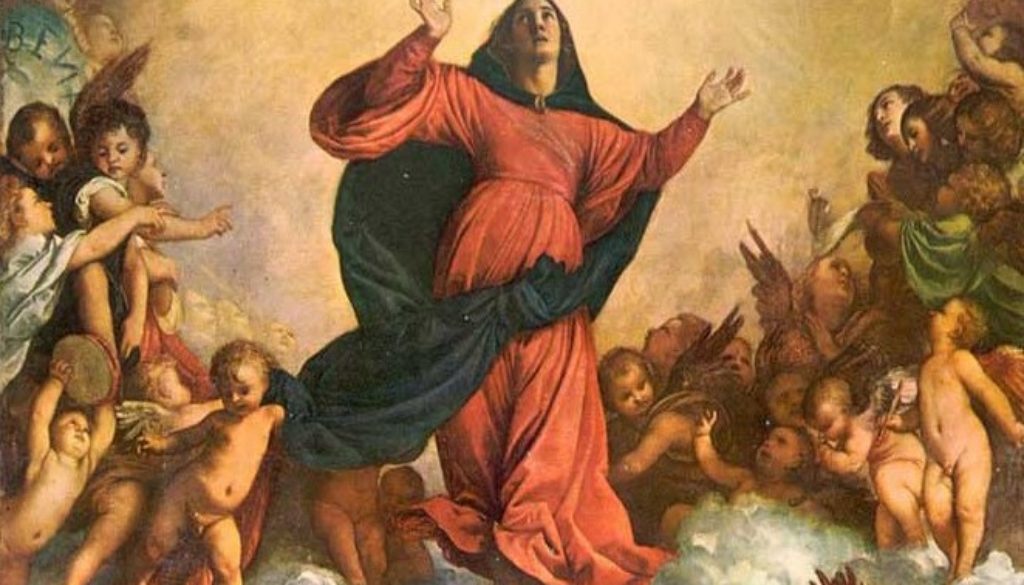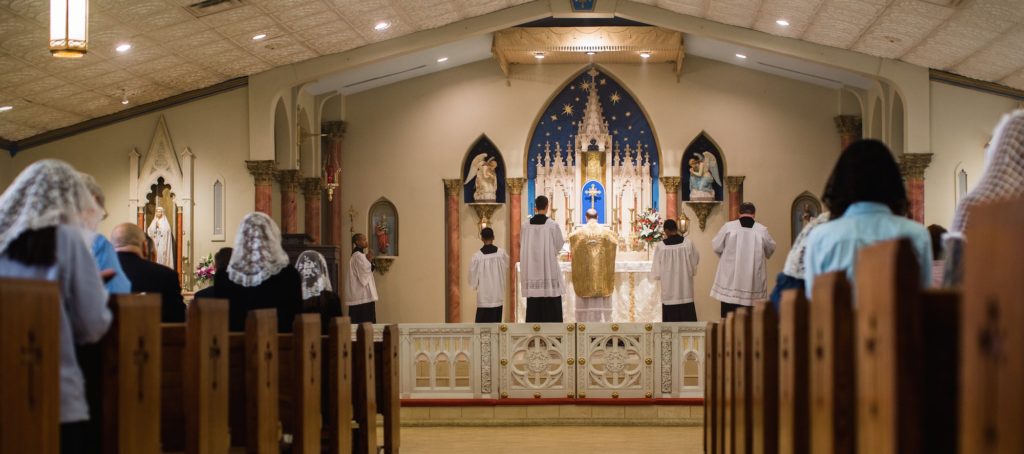The Most Beautiful Thing This Side of Heaven

Atlanta, GA
August 15, 2021
Anyone with eyes to see or ears to hear has sensed for a while that the world is going to Hell. In recent years, the handcart has picked up speed. Many drivers have hands on the wheel, and feet on the accelerator.
Regardless whose at the controls, it seems to get hotter, with flames rising everywhere. But I think we can finger an arsonist. On this day fifty years ago, a match was struck, and the fire continues to burn.
That night, President Nixon interrupted Bonanza to tell the world he was severing the dollar’s link to gold. This ushered in the era of funny money and floating exchange rates, which devalued the dollar, suppressed savings, raised time preferences, and spurred spending. Gratification was in. Delaying it was out.
History shows that the quality of morals correlates with caliber of currency. Like synchronized dance partners, they tend to waltz or wobble in tandem, regardless which one leads.
The last half century of wars, boondoggles, bailouts, stimulus, subsidies, lockdowns, the Designated Hitter…and their accompanying litany of social ills…could’ve been curtailed or cauterized had gold remained a taut tether anchoring the ship of state.
But enough of that. We’ve had plenty of anxiety for one week. Tensions are high, fear is up, and tempers are on the rise. Let’s stop shoveling coal into the boiler, and turn down the heat.
For one day…as the bow rises and the stern sinks…we’re hopping off the Titanic, grabbing a lifeboat, and sailing toward the sky. For serenity and salvation, we’re seeking solace beyond the stars.
Today is not merely the day the dollar was sent adrift. It is also the Feast of the Assumption, a Catholic Holy Day of Obligation, even when it doesn’t fall on a Sunday. On this occasion, we celebrate the Blessed Virgin who, at the conclusion of her earthly life, was assumed body and soul into heavenly glory.
As I often do, I rose early, and attended the Traditional Tridentine Latin Mass at St Francis de Sales in nearby Mableton. That’s the only parish in Atlanta that offers this beautiful, solemn, reverential rite. The only one. But for our hip worldly pope, it is apparently one too many.
For the last 14 years, the Latin Mass had a reprieve, and a renaissance. In 2007, after four decades in the wilderness, it was welcomed back by Pope Benedict XVI, who instructed parishes to offer the rite whenever it was requested. But as it’s begun to take root, his successor has entered the garden, and is spraying the Round-Up.
Last month, the Holy Father decreed that the Tridentine Mass, the venerable and sacred rite of the Church, will once again be severely limited and reluctantly offered…like an embarrassing relative no one likes, but who we feel compelled to invite to dinner once in a while. What Mother Church for centuries considered the source and summit of the Faith, is once again consigned to the kids’ table.
To dispense with the Tridentine Mass is akin to dismantling the cathedrals of Europe. It feels worse than a travesty. It seems like a sin. Indeed, those cathedrals were built to celebrate this rite. It’d be like retaining grand pianos, but prohibiting Mozart’s music. One need not be Catholic, or even religious, to recognize the value of such an immortal treasure, and the immensity of its loss. To a great degree, we’ve already seen the results.
Parishes that offer the Tridentine Rite can (for the time being) continue to do so, at the discretion of their bishop. But none can begin providing it without permission from the bishop. So, while I still can, I sneak off to my sacred speakeasy, and savor sips from this undiluted wine.
To me, this is the true Mass. For centuries, until the late 1960s, it was the Mass…what Father Frederick Faber called “the most beautiful thing this side of heaven.” I prefer it always, and need it often. As anyone whose read my recent rants might expect, this was one of those weeks.
I arrived early. Confession precedes every Mass. It’d been a while since I’d been in the booth, so I had a lot to say. Having been purified, I sought some peace.
From the confessional, I found a pew, and joined the Rosary that was being said aloud, in hushed, reverential unison. I knelt down, closed my eyes, and let the prayer soothe my soul, like a gentle breath simmering a seething cup of tea.
The building is nothing special, but they’ve made the most of it. It was once a Baptist church, to which stained glass, high altar, and communion rails were added when the Archdiocese bought it…and the Priestly Society of St. Peter took control…a couple decades ago.
As I continued basking in the serenity of the Glorious Mysteries, families filtered in. Veils covered women’s heads as they held their children’s hands. Men carried some of the younger kids, armed with assorted books and toys to keep calm during the lengthy Mass.
Despite the misplaced perception that the Tridentine Rite attracts only antediluvian troglodytes clinging to an erstwhile Church of a bygone age, most attendees are young. I assume they speak the vernacular on a daily basis. But they love the Latin liturgy on Sundays.
This is the language of the Church…the universal Church, which is what “catholic” means. It is not a product of time or place, so the Holy Mass shouldn’t vary based on where we are or who we’re with. That Latin is a “dead” secular language makes it a vibrant spiritual one. It isn’t mundane. It’s ethereal, and belongs to no nation. It is the lingua franca of a Higher Authority.
Even the non-Catholic (in many respects anti-Catholic) HL Mencken conceded respect for the Latin Mass. “The Latin Church”, he said in 1923, “has always kept before it the fact that religion is not a syllogism, but a poem….Rome has not only preserved the original poetry of Christianity; it has also made capital additions to that poetry – for example, the poetry…of the liturgy itself.”
Mencken then warned of a day “when some extra-bombastic deacon will astound humanity and insult God by proposing to translate the liturgy into [the vernacular], that all the faithful may be convinced by it.”
Four decades later, a Council convened that effected the insult, and diminished the Mass. But not in this church, and not on this day.
Within several minutes, the Rosary wound down, and we reached the last of the beads. Bells chimed, prompting incense and the congregation to rise. Gregorian chants filled the air as four altar boys led a deacon, the priest, and steady dispensation of Holy Water up the aisle.
As the procession ascended the steps and approached the altar, the priest exchanged his vestments, gave his blessings, and continued the Mass. For an hour, we were transported and transformed. We were taken to another time and another place, which was refreshing…particularly for those of us who feel more and more estranged from the ones we live in.
After the Introit, we made our communal confession, begged mercy from the Father and His Son, and proclaimed their Glory. We sat for the Epistle, prayed the Gradual, then rose for the Gospel.
The scripture, like the rest of the Mass, is said in Latin. But afterward, at the beginning of his homily, the priest always re-reads the day’s Epistle and Gospel in English. Having done so, he gave his sermon, concluded with the Sign of the Cross, and…like a conductor tapping his easel…intoned the opening words of the Nicene Creed.

As the priest continued silently, we joined the choir, followed its cadence, and professed our Faith. The Church asserts that Gregorian Chant holds “pride of place” in the Roman Liturgy. When we hear it sung as it was today, we understand why.
Among the many travesties of the Second Vatican Council was the relaxation (or de facto rejection) of this noble standard. As with the liturgy itself, it started with misguided “exceptions”, which soon became intractable rules of a banal rite.
Out went the a cappella and the organs. In came the guitars, drums, and cymbals. With them came the intrusive prominence of the “music director”, who at many modern Masses will post-up beside the “altar” and, like Doc Severinsen, yuck it up with the presiding priest.
But not here. The choir is dignified and discreet, positioned behind the last pew. Their voices are heard but their faces unseen. Their role is important, but they know what it is, and they confine themselves to it.
They offer the humble score, without intruding on the sacred script. Theirs is the soundtrack, not the plot. But they are as inspiring as they are unobtrusive. From the rafters and the rear they sing with the sound of angels, lifting all hearts, and drawing an occasional tear from the most stoic eyes.
And the aura persists when the sound stops. One of the beautiful aspects of this supernatural service is the interspersion of silence. The priest says much of the Mass in a low voice, barely audible to the people in the pews. This forces a concentration on the part of the congregant, compelling him to focus on the liturgical actions on the altar, while praying the Mass in the silence of his heart.
Notwithstanding the chummy rituals of the new Mass, the most active and effective “participation” is often internal and contemplative, unhindered by the distractions of contrived “engagement”.
At its essence, the Mass is a re-presentation of Christ’s sacrifice on Calvary. In an unbloody manner, His offering is made manifest on the altar when bread and wine are consecrated into the Body and Blood of Christ.
In the still of the nave…with the people on their knees, facing east with the priest in the prescribed manner of the ancient Rite…that is what happened next. The solemnity and sacredness of this Holy event places in perspective the transient turmoil and passing problems of our contemporary time.
The faithful followed as the priest recited his silent prayers. The Transubstantiation complete, we implored the Lamb to remove our sins and grant us peace. We then followed His instructions, proceeded to the rail, and knelt in humility to receive the Host.
I returned to the pew infused with Grace, without the angst, stress, and anxiety I’d carried into the church. After several minutes of silent prayer, the priest ended the Mass, as he always does, by reading the uplifting overture to the Gospel of John. Then, he replaced his vestments, genuflected toward the tabernacle, and slowly proceeded out.
After he left, as the last wisps of smoke wafted from snuffed candles, the parishioners returned to their knees, resumed their prayers, and requested continued intercession from the Mother of God.
With her Assumption, Our Lady takes her rightful role as Regina Caeli, Queen of Heaven. As she looks down, she lifts us up, carrying us from the tumult of this world to glimpse the tranquility of the next.
We’re often too busy or blinded to see it. But all we have to do is ask, and to look. This morning, I’m glad I did. The Mass was as beautiful as Father Faber described. In its otherworldly way, it expressed the joy of faith, and of life, which most of us could use right now.
On this side of Heaven, it’s good to know the other side is still there.
JD



